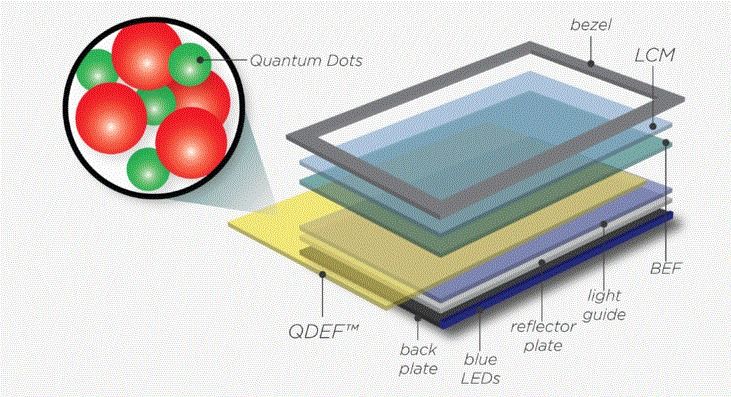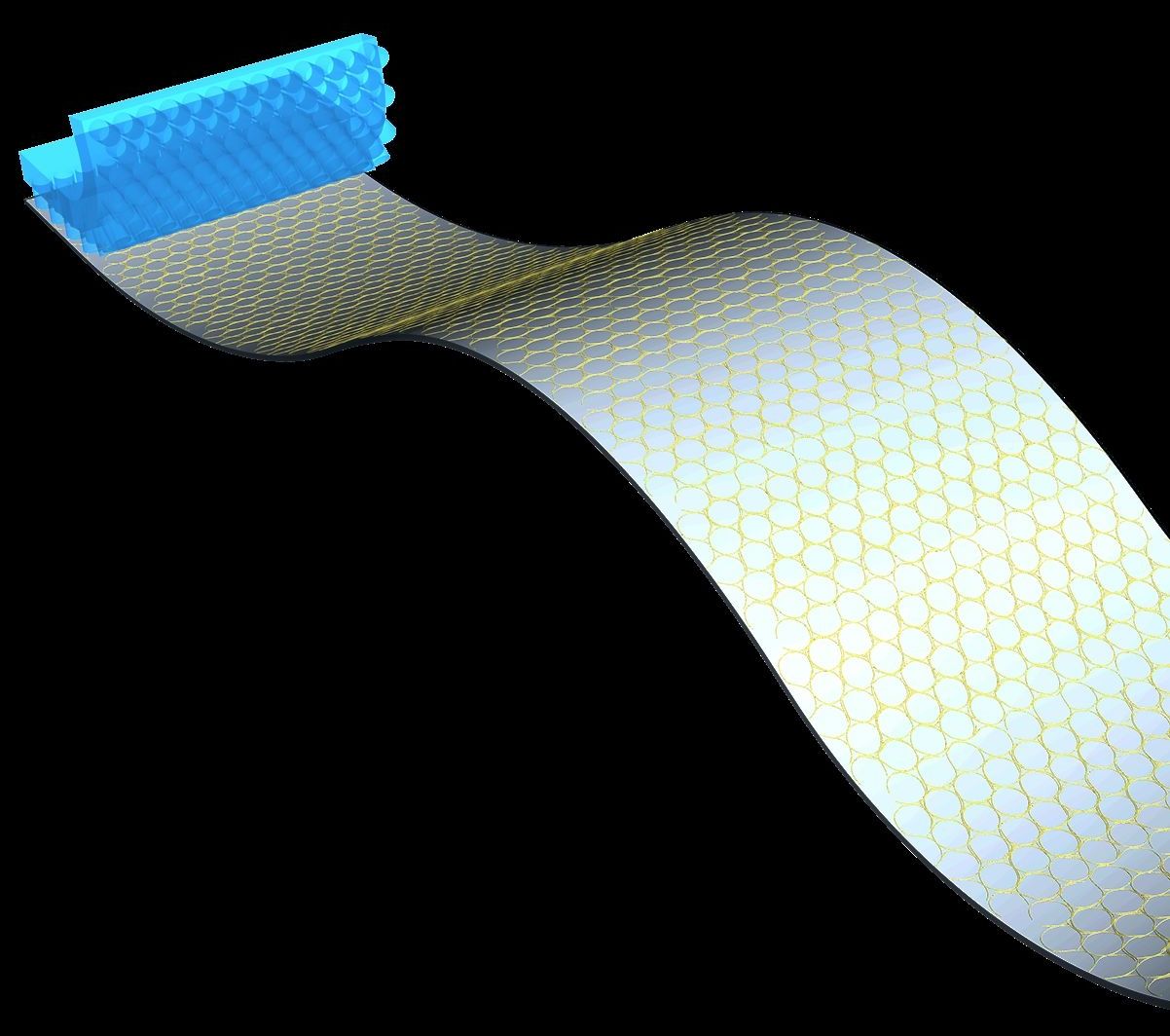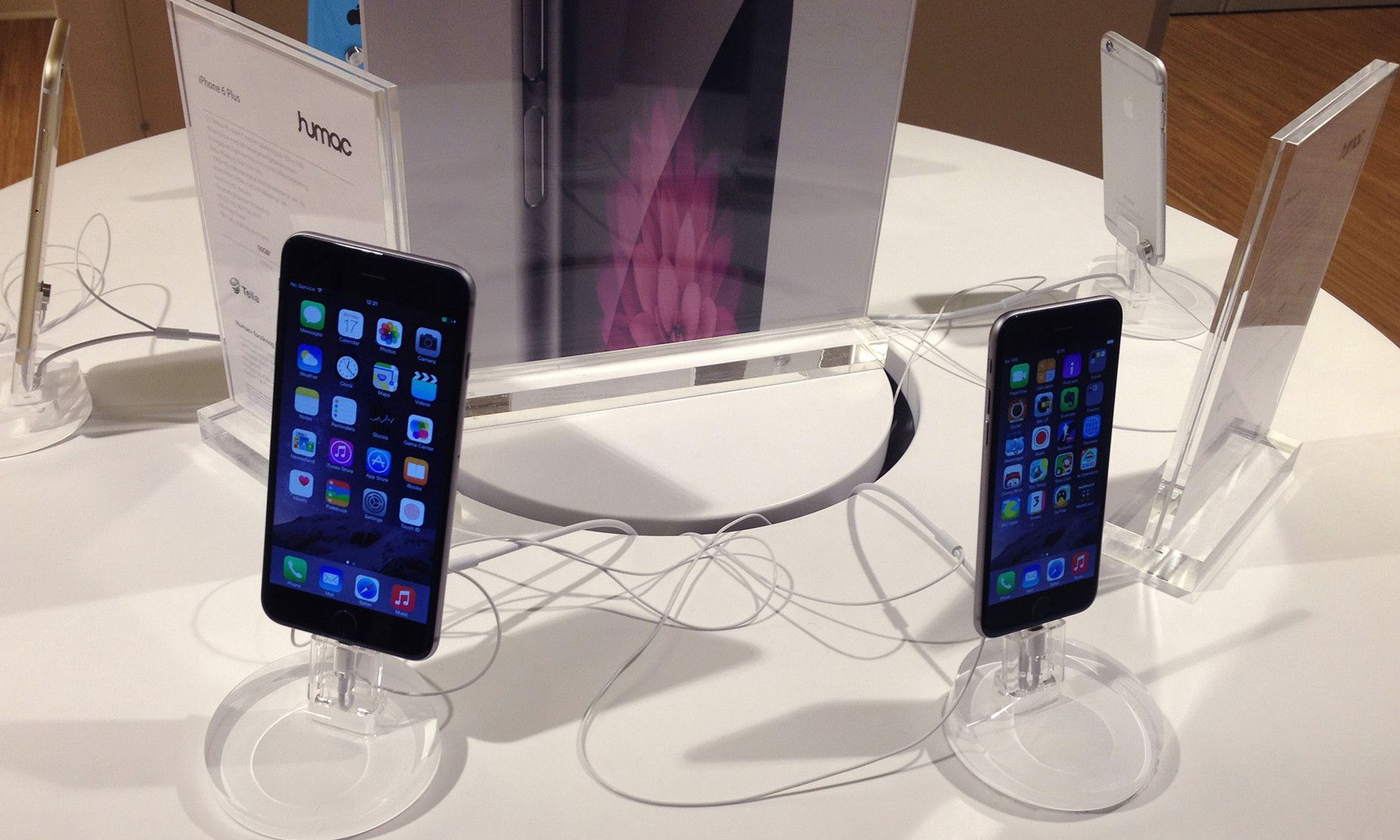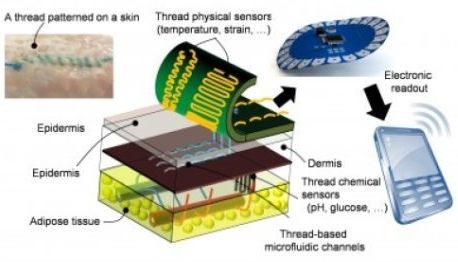Jul 29, 2016
NextBit Robin: A cloud storage smartphone for the future
Posted by Karen Hurst in categories: computing, mobile phones
A smartphone with direct cloud integration to enable the automatic switch over to cloud when space on the phone runs out.
Cloud computing is the future and unleasing its power on your smartphone is the next big thing. San Francisco-based device maker Nextbit has made a quick switch with its flagship “Cloud first” Android device Robin in India. IANS | Jul 29, 2016, 09.01 AM IST
Continue reading “NextBit Robin: A cloud storage smartphone for the future” »


















